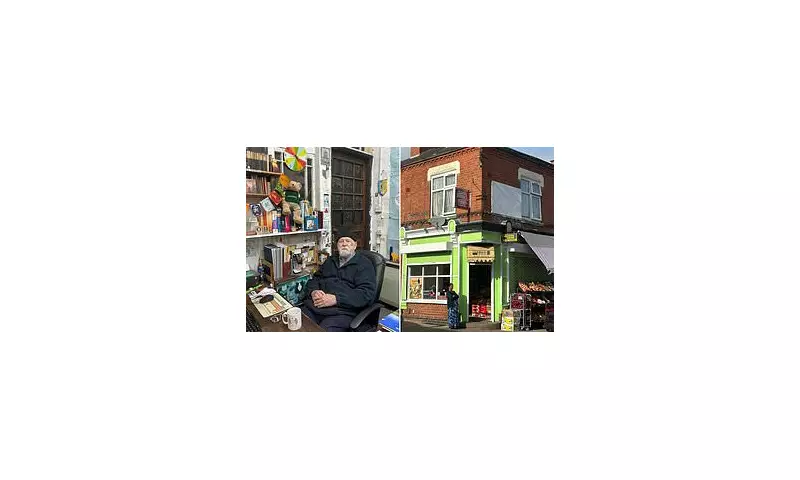
Former Immigration Minister Robert Jenrick has ignited a fierce national debate with his startling claims about Britain's changing demographic landscape. The Conservative MP asserted that there are streets across the country where "no white faces" can be seen, suggesting this represents a failure of integration policy.
Behind the Headlines: What Our Investigation Found
The Daily Mail conducted an in-depth examination of these claims, visiting areas highlighted in parliamentary discussions and speaking with residents from diverse backgrounds. Our investigation reveals a more nuanced picture than the political rhetoric suggests.
The Reality of Britain's Diverse Communities
While certain streets in cities like Birmingham, London, and Manchester do show significant ethnic diversity, the characterization of them as having "no white faces" appears exaggerated. Our reporters found mixed communities where integration occurs daily through schools, workplaces, and local businesses.
Local Perspectives on Community Life
Speaking with shopkeepers, parents, and long-term residents revealed complex stories of coexistence and occasional tension. Many expressed pride in their diverse neighborhoods while acknowledging challenges around language barriers and cultural differences.
One Leicester resident told us: "This isn't about 'no-go' areas - it's about communities that have evolved naturally over time. We have our issues, but we're working through them together."
The Political Context of the Debate
Jenrick's comments come amid heightened political focus on immigration ahead of potential elections. The former minister, who resigned over the government's Rwanda policy, has positioned himself as advocating for stricter immigration controls and better integration programmes.
What the Statistics Reveal
Demographic data shows that while some urban areas have become more ethnically diverse, the notion of entirely mono-ethnic streets remains largely unsubstantiated. Population mixing continues to occur through housing patterns, employment, and social interaction.
The debate raises fundamental questions about:
- How we measure successful integration
- The role of political language in shaping public perception
- The reality versus rhetoric of Britain's diversity
- Future policy directions for community cohesion
As Britain continues to navigate questions of identity and integration, this investigation sheds light on the complex reality behind inflammatory political claims, revealing communities that are both more integrated and more complicated than simple characterisations suggest.





